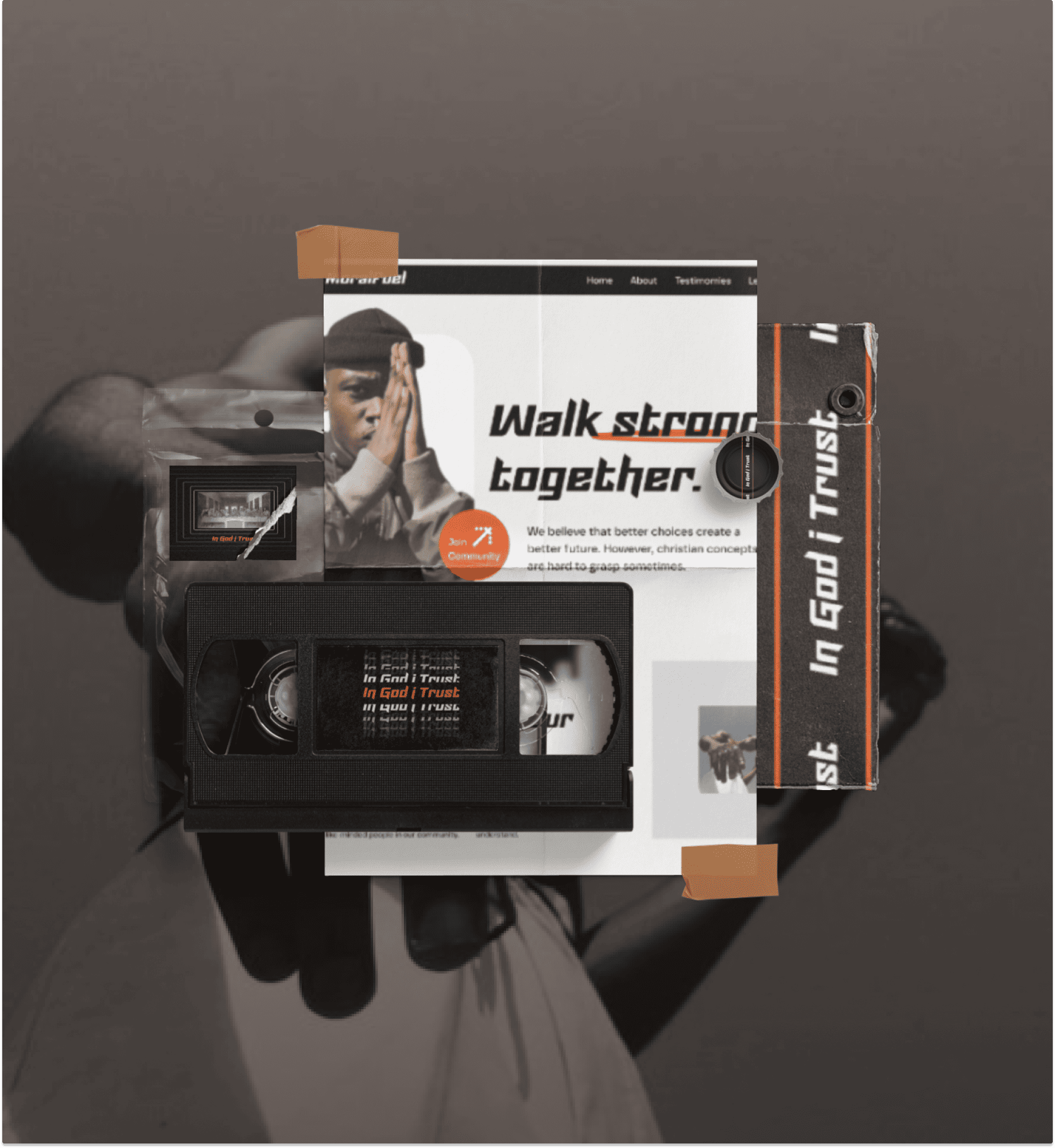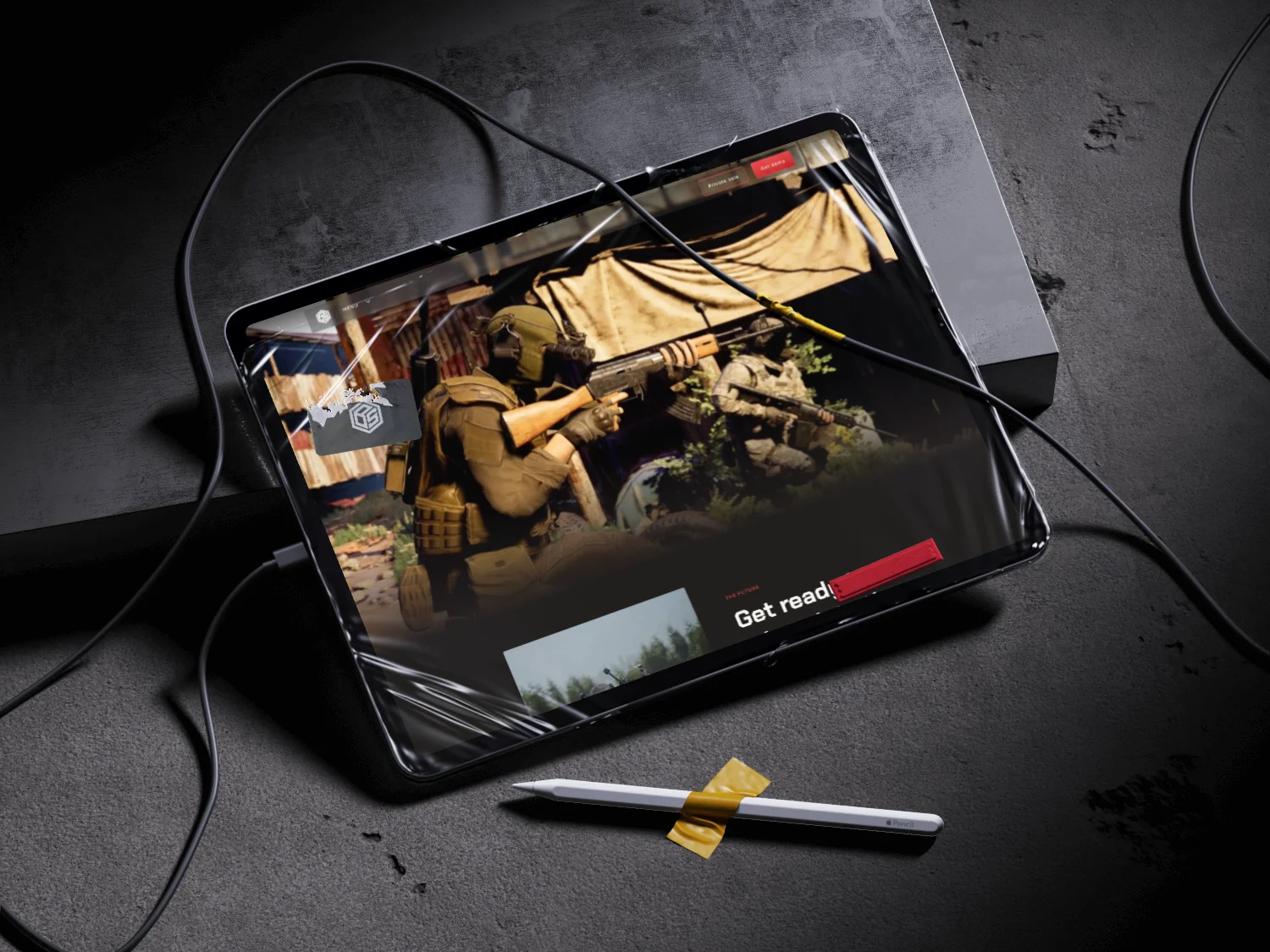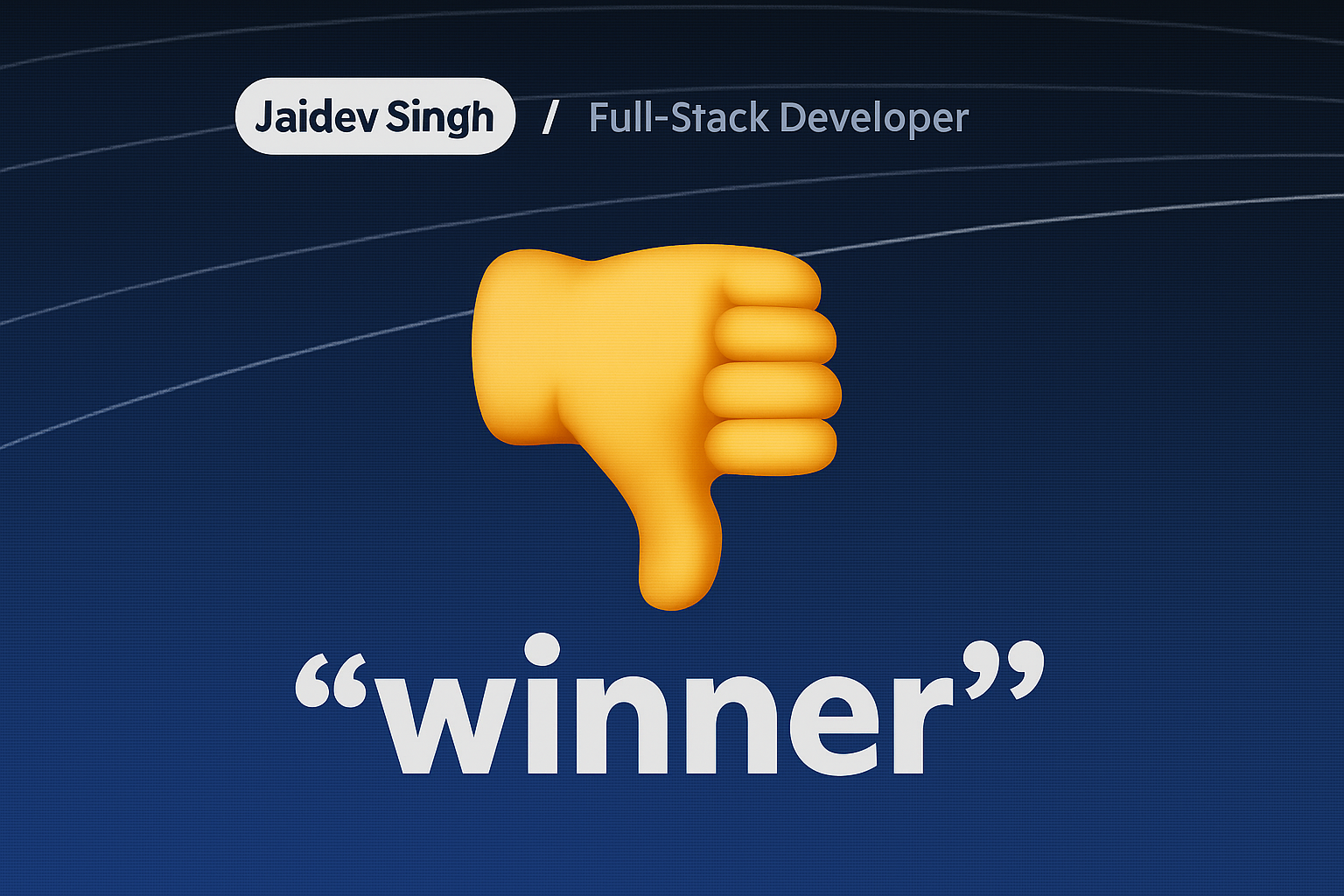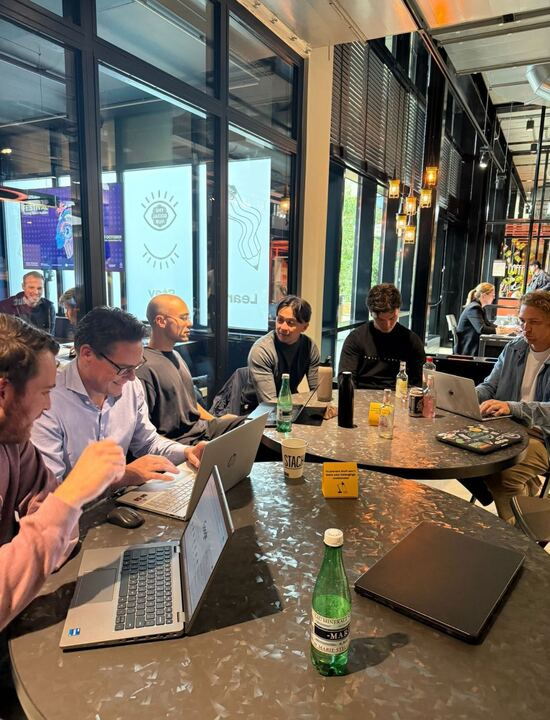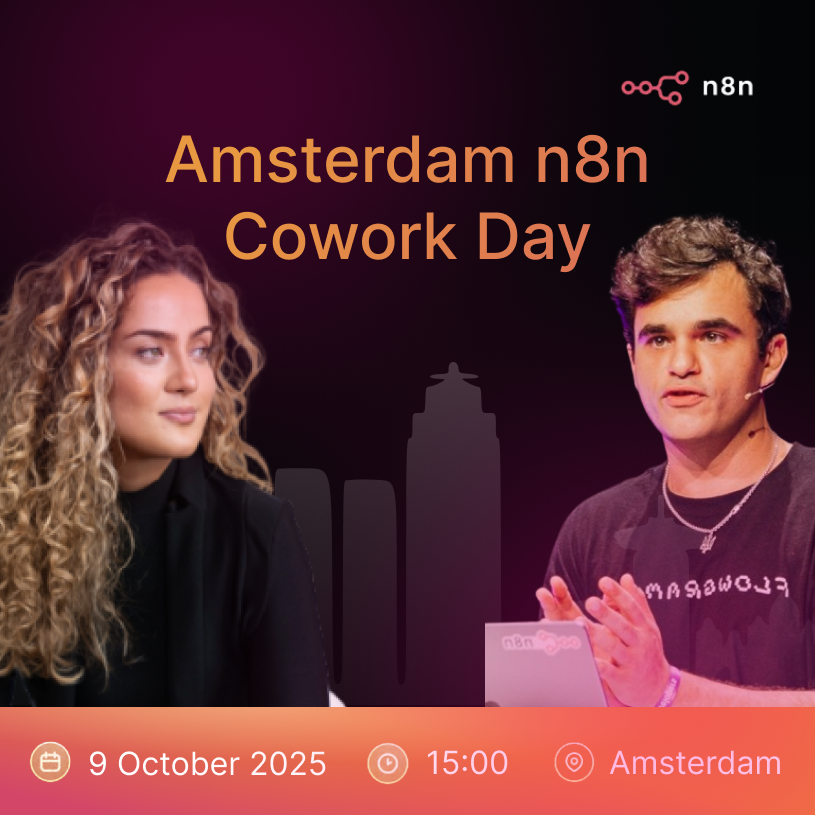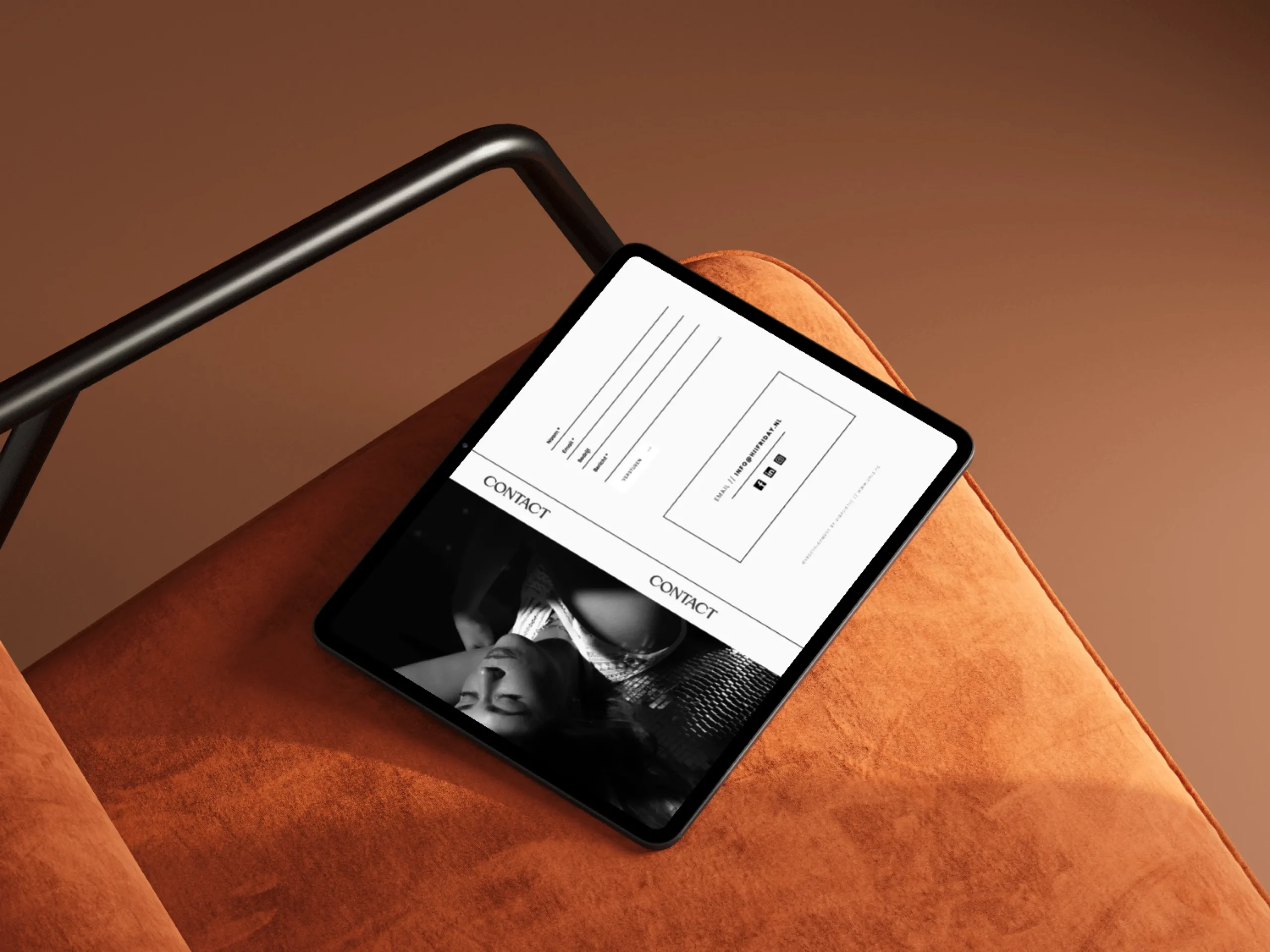Last updated:
September 08, 2025
From wireframe to Webflow website – steps to take
A wireframe is a roadmap. But how do you turn that abstract blueprint into a fully functioning Webflow website? The answer lies in moving from design to development with structure, consistency, and best practices. Below, we’ll guide you through each stage, from high-fidelity Figma designs to class naming conventions, Webflow resources, and finally going live. […]
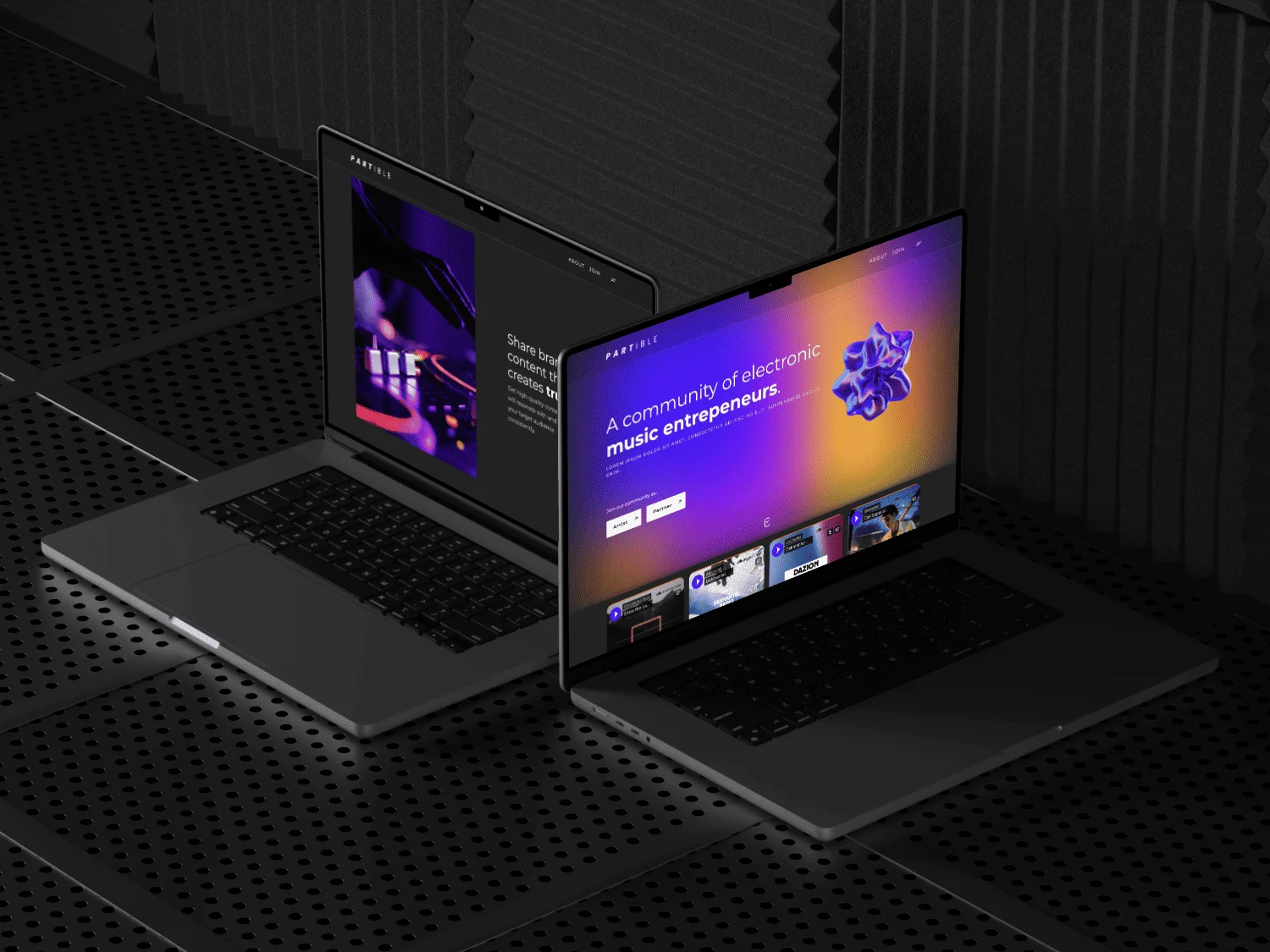
A wireframe is a roadmap. But how do you turn that abstract blueprint into a fully functioning Webflow website? The answer lies in moving from design to development with structure, consistency, and best practices. Below, we’ll guide you through each stage, from high-fidelity Figma designs to class naming conventions, Webflow resources, and finally going live.
Step 1: Create a high-fidelity design in Figma
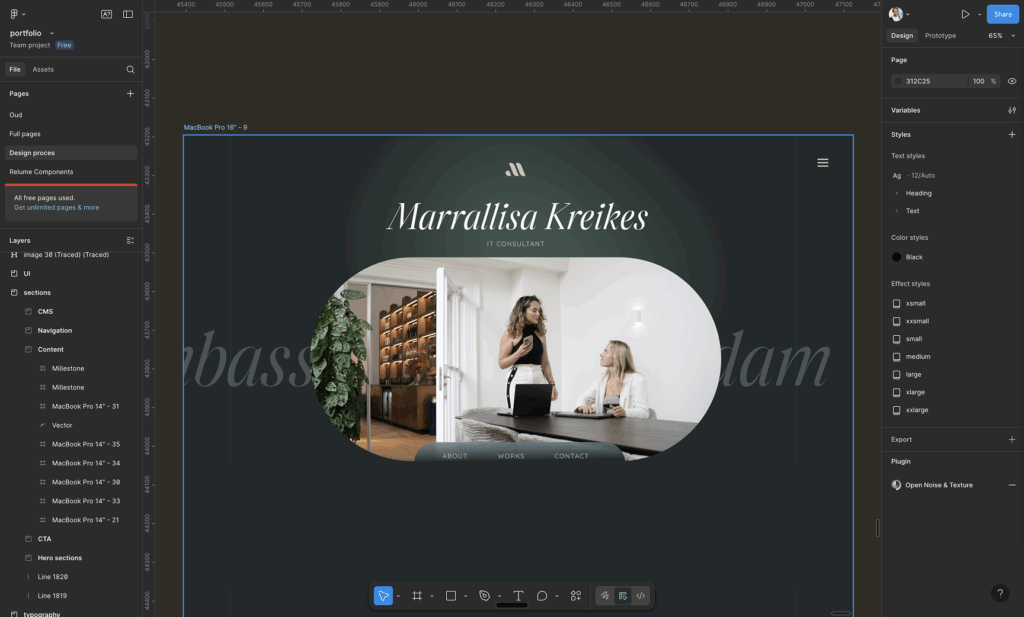
The journey starts in Figma. This is where your wireframe evolves into a one-to-one high-fidelity design of every page. At this stage, everything is visualized: fonts, brand colors, imagery, spacing, and layout hierarchy.
But don’t stop with the desktop view. You’ll also need mobile versions of each page. These designs should stay true to the desktop concept but be rearranged for smaller screens. For example, multi-column layouts often stack vertically on mobile, while decorative or non-essential items can be left out to keep the experience light and focused.
Step 2: Set up page structure in Webflow
Once your design is locked in, it’s time to move into Webflow. Begin with a clean page structure: Home, Services, Projects, Blog, and Contact are common starting points.
To ensure your build is scalable, use resources like:
- Webflow’s best practices – guidance on building “the Webflow way” to avoid headaches later.
- FinSweet – advanced hacks and solutions to bring more functionality into your site.
- Timothy Ricks’ Lumos Design System – a structured system that makes building consistent and professional websites easier.
Here’s the Lumos Design System explained in detail:
Step 3: Apply structured class naming (BEM)
Without a solid naming system, Webflow projects can quickly get messy. That’s why BEM (Block, Element, Modifier) is so effective.
- Block: The main component, e.g. button.
- Element: A part of that block, e.g. button__icon.
- Modifier: A variation, e.g. button–secondary.
In Webflow, this means your classes are logical, reusable, and predictable. Combined with systems like FinSuite’s Client-First, BEM ensures scalability and keeps your site manageable as it grows.
Step 4: Build the design in Webflow
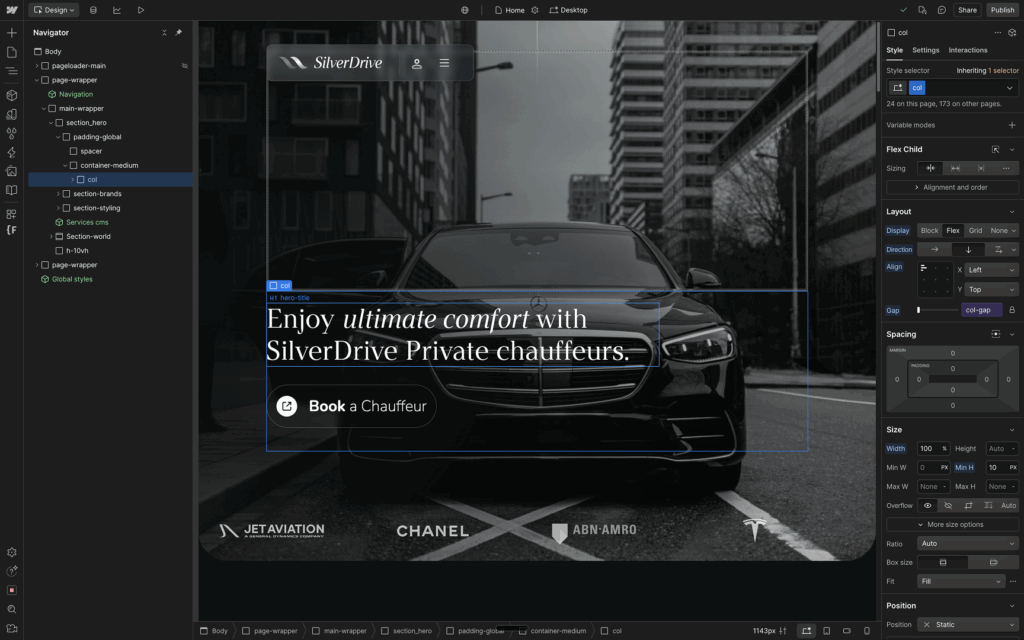
With the class system in place, you can now translate your Figma high-fidelity designs into Webflow components. This includes:
- Setting global typography and color variables.
- Building responsive layouts that match the desktop-to-mobile adjustments you made in Figma.
- Adding interactions and animations that guide users toward CTAs without overwhelming them.
For extra functionality beyond Webflow’s native features, you can integrate workflows with n8n. This tip comes from marrallisa Kreijkes, n8n ambassador and owner of Viralistic, who recommends automating repetitive processes and connecting external tools to boost your website’s performance.
Step 5: Configure hosting and go live
Once everything is built and tested, publishing is straightforward. Webflow provides reliable hosting optimized for speed and security. The final step is connecting your custom domain in the hosting settings and updating your DNS records. After propagation, your Webflow website is live.
Frequently asked questions
Why is a high-fidelity design in Figma necessary before Webflow?
A high-fidelity design ensures that every detail of the project is defined before development begins. Instead of guessing spacing, typography, or color schemes during the build, you already have a complete visual guide. This saves time, reduces back-and-forth revisions, and keeps the client aligned with the outcome. It also allows you to plan responsive versions in advance, ensuring that the transition into Webflow is smooth and efficient.
Do I really need separate desktop and mobile designs?
Yes, because users today access websites on multiple devices. A mobile design should not reinvent the brand but rather adapt the existing desktop layout into a smaller, cleaner version. Columns often stack vertically, secondary visuals may be removed, and navigation menus should be simplified. Having dedicated mobile designs ensures usability, prevents clutter, and makes the browsing experience consistent and intuitive.
What’s the difference between wireframes and high-fidelity designs?
Wireframes are skeletons, they define what goes where without focusing on visuals. High-fidelity designs, on the other hand, are finished blueprints that include typography, brand colors, images, and interactions. Wireframes answer functional questions like “What content should be here?” while high-fidelity designs show how it will actually look and feel.
How does Webflow differ from other builders like WordPress?
Webflow combines the flexibility of coding with the accessibility of a visual builder. Unlike WordPress, which often relies on plugins, Webflow lets you design directly with clean HTML and CSS in the background. This means fewer performance issues, more design freedom, and less maintenance. You don’t need to worry about plugin conflicts, but you still keep developer-level control.
What is BEM in simple terms?
BEM stands for Block, Element, Modifier. It’s a way to name classes logically. A Block is the main component (button), an Element is a part of that block (button__icon), and a Modifier changes the style (button--secondary). This system makes it easy to reuse styles across projects without confusion.
Why not just name classes however I like?
Because inconsistent naming leads to chaos. If every button has a random name like btn1, btn-red, or final-button, you’ll quickly lose track of which style belongs where. By using a structured method like BEM, you create reusable patterns that make scaling and editing simple, even for other developers or designers joining the project later.
What is FinSuite used for?
FinSuite provides hacks, solutions, and free tools that extend Webflow’s capabilities. Their Client-First system, for example, offers a structured way to name classes, while other tools help with CMS filters, advanced attributes, or dynamic layouts. For agencies building large projects, FinSuite saves time and avoids limitations within Webflow.
Who is Timothy Ricks and what is Lumos?
Timothy Ricks is a Webflow creator who built the Lumos Design System, a collection of structured, pre-designed components and styles. Lumos helps developers and designers build professional sites faster because it removes the need to start from scratch. It focuses on consistency, scalability, and reusability, making it especially useful for larger or multi-page builds.
What are Webflow’s best practices?
Webflow recommends building “the Webflow way,” as outlined in their best practices guide. This includes using global styles, maintaining clean structure, optimizing images, keeping accessibility in mind, and creating reusable components. Following these practices makes your site faster, more scalable, and easier to maintain.
How can I automate Webflow forms?
Webflow forms can be connected to external tools via automation platforms like Zapier, Make, or n8n. For example, form submissions can be sent directly to your CRM, added to an email marketing platform, or trigger a Slack notification. Automating these flows saves time and ensures no lead slips through the cracks.
What automations does Marrallisa Kreijkes recommend?
As an n8n ambassador, Marrallisa Kreijkes emphasizes automating repetitive tasks. Examples include syncing Webflow forms with CRMs, sending welcome emails automatically, or connecting project management tools so new leads instantly create tasks for the team. These automations increase efficiency and let you focus on creative work instead of manual processes.
Is Webflow hosting reliable?
Yes, Webflow hosting is powered by AWS and Fastly CDN, which means fast load times, automatic SSL certificates, and global content delivery. This infrastructure gives you enterprise-level reliability without needing to configure servers yourself. For most businesses, it’s more reliable and scalable than traditional hosting options.
How do I connect my custom domain to Webflow?
In your Webflow project settings, go to the Hosting tab and add your domain. Webflow will give you DNS records, which you then update with your domain registrar. Once DNS propagation finishes (usually within a few hours), your custom domain will point directly to your Webflow site.
Do I need separate hosting if I use Webflow?
No. Hosting is built into Webflow and is part of its subscription plans. You don’t need to purchase external hosting, unless you export your site code and want to host it elsewhere.
Can I export my Webflow site?
Yes, you can export static HTML, CSS, and JS from Webflow. However, CMS functionality and form handling only work on Webflow hosting. If you export, you’ll need to manually set up hosting, databases, and form processing elsewhere.
Does Webflow support SEO?
Absolutely. You can edit page titles, meta descriptions, alt text, Open Graph data, canonical tags, and even generate sitemaps. Combined with Webflow’s clean code structure, this makes it highly SEO-friendly. Optimizing load speed and accessibility further strengthens rankings.
What is Client-First by FinSuite?
Client-First is a system developed by FinSuite that complements BEM. It’s a naming and structuring framework specifically tailored for Webflow. It standardizes classes, sections, and global styles so that projects are easier to understand and maintain across teams.
How long does it take to go from wireframe to Webflow site?
It depends on the project size. A small brochure-style site might be built in a few days, while a large, CMS-driven platform could take weeks. The process involves wireframing, high-fidelity design, responsive design, Webflow build, and testing, so complexity is the biggest factor.
Can animations slow down my site?
Yes, heavy animations can impact performance. Subtle transitions and micro-interactions are recommended because they guide users without overwhelming them. Overly complex animations should only be used sparingly and when they add real value to the user experience.
What’s the cost of Webflow hosting?
Hosting plans typically range from $14 to $39 per month depending on whether you need a simple static site or a CMS-driven platform with higher traffic. Enterprise options are also available for larger companies. If you want to host your WebFlow website on your own servers (which is faster, read this guide and video by Marrallisa to discover how to supercharge your WebFlow website.
Do I need coding skills for Webflow?
Not strictly. Webflow is a no-code platform, but understanding basic HTML and CSS concepts- especially systems like BEM- makes you far more effective. It allows you to troubleshoot, scale projects, and hand over cleaner work to developers if needed.
